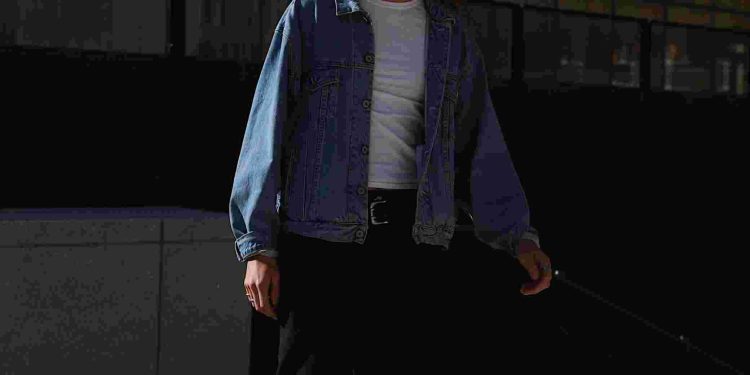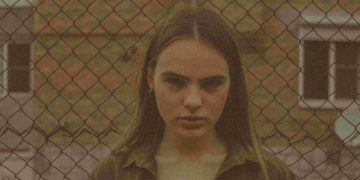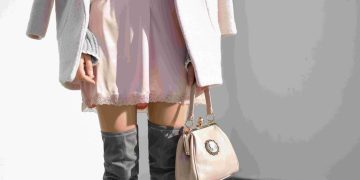Explore Vintage Fashion Styles for Women
What if the key to standing out in today’s fast-paced fashion world lay in looking back?
Vintage fashion isn’t just a celebration of the past; it’s a rebellion against fleeting trends and a step toward sustainable elegance. For women looking to carve out a timeless identity, vintage style offers both a rich history and endless possibilities for reinvention.
Why Vintage Fashion Matters Today
It’s no secret that fashion tends to operate in cycles. Styles that were once dismissed as “outdated” often come roaring back into mainstream favor. Think about the resurgence of bell-bottom jeans, oversized blazers, or 1950s A-line skirts. However, beyond its cyclical nature, vintage fashion challenges the throwaway culture of modern consumerism. When you wear something vintage, you’re not just wearing fabric; you’re wearing a slice of history imbued with craftsmanship and storytelling.
In an era when fast fashion dominates the landscape, vintage clothing represents a quieter, more deliberate choice. Psychologist Barry Schwartz, author of
The Paradox of Choice
, argues that constraints can actually bring greater satisfaction. When choosing vintage styles, women aren’t overwhelmed by an ocean of hyper-trendy, short-lived garments. Instead, they make selections that resonate on a deeper level of self-expression.
Breaking Away from Mainstream Norms
Adopting vintage styles isn’t just about looking different; it’s about embracing values that challenge mainstream norms. The mainstream fashion narrative might tell us to chase the latest collections from luxury brands or clamor for influencer-endorsed fast fashion pieces. Vintage style pushes back against that narrative by emphasizing individuality over conformity, quality over quantity, and endurance over ephemerality.
Consider it this way: fashion is often compared to storytelling. Each piece of vintage clothing holds a legacy—an untold story of its previous owner, its manufacturer, or even the socio-political climate when it was created. Why not add your own chapter to that history? When you wear vintage, you’re connected to a larger cultural conversation, embedding yourself in a lineage rather than standing on the precipice of something disposable.
The Intersection of Psychology, Technology, and Vintage Fashion
Why is vintage style so enduringly appealing? Psychology offers some answers. Nostalgia—the bittersweet comfort we derive from revisiting the past—plays a huge role. A 2020 study published in the
Journal of Consumer Psychology
noted that nostalgia triggers a desire for products associated with warmth, authenticity, and timeless value. It’s no accident that in times of global upheaval, vintage often makes a comeback.
On the other hand, technology has revolutionized access to vintage fashion. Platforms like Etsy, Depop, and Poshmark, coupled with AI-powered algorithms, make discovering that perfect 1970s bohemian dress easier than ever. Interestingly, technology has helped democratize vintage shopping, making it accessible to those who might not have lived near curated boutiques in past decades.
How to Build a Vintage Wardrobe
For women interested in embracing vintage fashion, here are practical steps to dive in:
-
Start with Wardrobe Basics:
Look for timeless pieces like high-waisted jeans, tea dresses, and leather jackets from past decades. These items are versatile and can be mixed with contemporary clothes to ease into vintage styling. -
Understand Quality:
Vintage doesn’t mean old; it means well-crafted. Check the quality of fabrics, stitches, and overall construction before making a purchase. -
Hunt Creatively:
Thrift stores, estate sales, online vintage platforms, and charity shops are treasure troves. The key is persistence and an eye for detail. -
Customize Your Finds:
Altering vintage clothing to fit modern sensibilities or sizing can make a world of difference. Don’t shy away from visiting a tailor. -
Learn the History of Fashion:
Research popular styles from different decades to identify what resonates with you most. Are you drawn to 1920s flapper dresses, or do you prefer the bold patterns of the 1980s?
By following these steps, you’ll start curating a wardrobe that tells your unique story while showcasing timeless charm.
Future Trends in Vintage Fashion
Looking forward, vintage fashion is poised to play an even more significant role in shaping women’s personal styles. With growing concerns over sustainability and ethical consumption, the fashion industry may prioritize repurposing vintage designs over churning out new trends.
Moreover, advancements in AI and machine learning could soon enable hyper-personalized vintage recommendations for shoppers. Imagine an app that scans your wardrobe and suggests vintage items that perfectly complement your existing collection. These technological evolutions promise to make vintage shopping not only more efficient but also more enjoyable.
From a cultural perspective, there’s also growing interest in exploring underrepresented eras and styles. For instance, traditional garments from non-Western cultures are beginning to find a platform in global vintage markets. This broader perspective encourages diversity and introduces women to fashion stories they might never have encountered otherwise.
Embracing the Past to Shape the Future
As philosopher Søren Kierkegaard once said, “Life can only be understood backwards; but it must be lived forwards.” Vintage fashion embodies this sentiment beautifully. By turning to the past, we’re not regressing; we’re reclaiming, reimagining, and redefining what style can mean for the modern world.
Whether your aim is to stand out, shop sustainably, or simply indulge in a bit of nostalgia, vintage fashion offers a path filled with creativity and meaning. It gives women today a chance to borrow brilliance from the past while crafting a future that’s both stylish and substantive. So, take a bold step into yesterday to transform how the world sees you tomorrow. Trust me, the trip is worth it.









